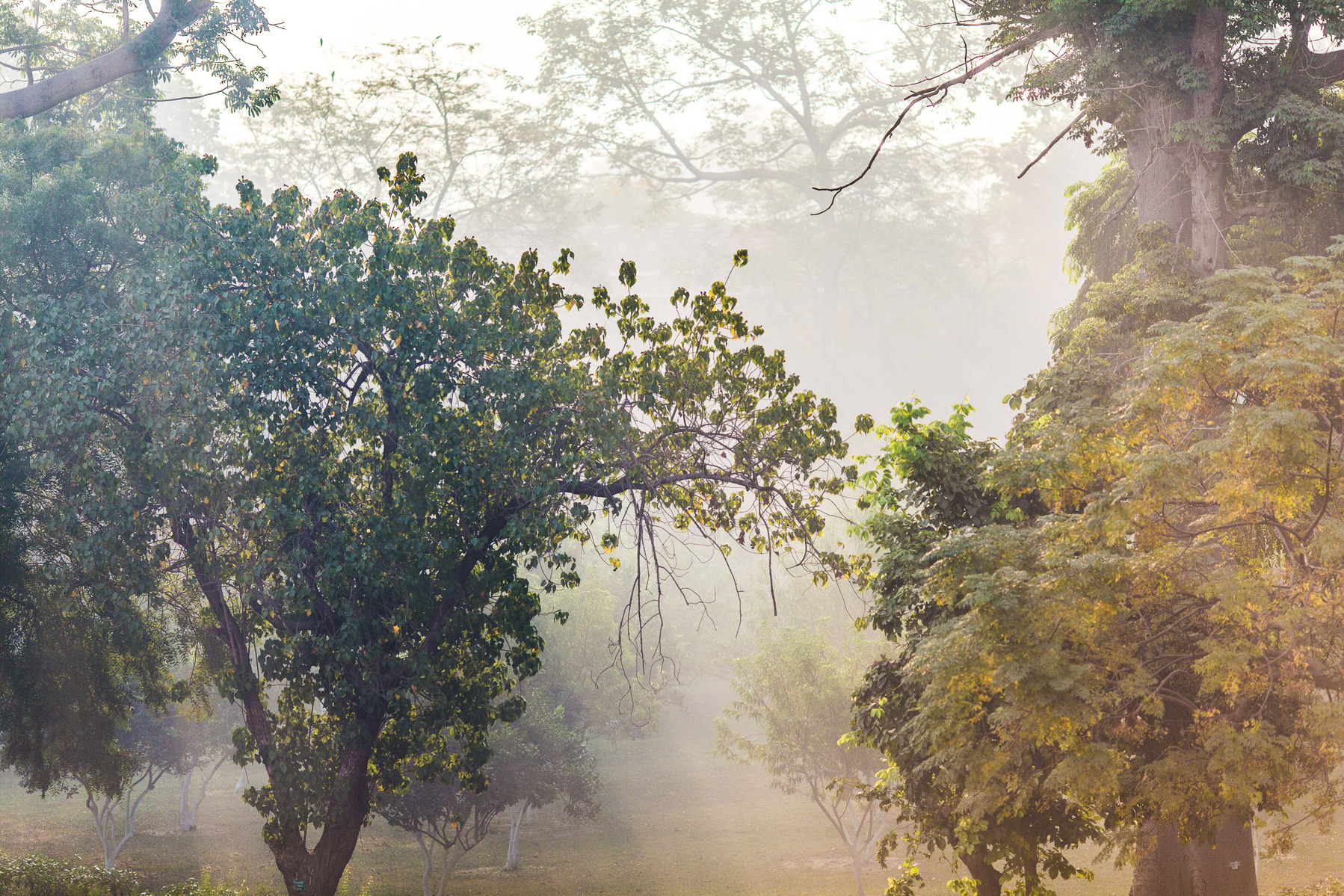The Black Taj Mahal
November 28, 2014There are fewer things in the world harder to photograph than the Taj Mahal. Everyone knows what it looks like, and everyone’s seen this photo:
It’s ubiquitous, and it pervades culture throughout the world. So on the weary morning ride I was fretting about how I would take a photo of the Taj Mahal that would inspire and impress and capture a unique element through my perspective. There’s this burning challenge in photography - pre visualization, anticipation and imagination - that makes every trip so entertaining. Every time I am off to photograph a new location, I have to use my senses and find the photo or let it find me.
But when I arrived in Agra, the city which houses the Taj - my scope began to widen. Draped in layers of flowing clothes, the people sleuthed around the hazey, ambient enviornment almost like spectres patrolling the streets at night.
I was enraptured by the pre-dawn life. These people exist in glorious tungsten illumination, lurking in the shadows with moments of light in between streetlights. They carry the rickshaws full of material for the day, they walk across a busy highway to their location and they sweep the front paths in anticipation of the day’s guests.
I spent the morning chatting with our driver about Agra and the Taj while fleeting shadows came and went in my viewfinder. It took a lot of resources to get here: time, money and energy of everyone involved. The Taj was closed on Friday and our flight left Saturday evening from Delhi. Agra is 4 hours away from Delhi. In order to make it happen we had to hire a driver and hightailed our ass outta Delhi at 2am, to arrive at the Taj for sunrise - we got there a little early. So I photographed Agra before heading over to the Taj.
Our driver told us that we got a free guide with the car rental, and introduced us to a whole new perspective we would not have experienced otherwise. This is how I learned of the Black Taj Mahal. Before that, let’s talk about the actual Taj Mahal. The Taj was built over 22 years and through the labour of 20,000 people. It is immense and photos don’t do it justice. When you walk in, this is probably what you’ll see.
The mosaic structure of the Taj is still carried out in Agra today by the artisans in the area and their work is impressive. There are complicated semi-precious stones that they mould and shape into different designs, colours and interacting layers. These hand carved and etched inlays and overlays form the intricate detail of the Taj Mahal.
The complex was massive and there was a million tourists. In some ways it is good because Agra now has a solid economy based around the Taj Mahal, but there’s literally a slew of people everywhere. It’s hard to enjoy such a monumental historical achievement when you keep getting bumped by old german men with fanny packs. We arrived at sunrise and the lighting was incredible.
An eternal monument to love, what a romantic thought. That is the Taj’s purpose. It was comissioned by a Mughal emporer to celebrate the love he had for his third wife, upon request though. He wanted to create a perfectly symmetrical paradise to show heaven on earth, and elevated the Taj a few stories high so it looks like it’s suspended in the air. He called for a mosque at one end and a guest house at the other to maintain the perfect symmetry. She is buried there along with him, and it is their heavenly resting place.
Over the 22 years it took to create the Taj Mahal, Shah Jahan became consumed with sadness. He lamented at the mortal world for it’s frailty and fragility and upon seeing the completion of the Taj Mahal in it’s splender and magnificance was empty inside. No matter the beauties in the world, the jewels on the Taj or the longevity of this supposed eternal monument he had lost the women he loved.
So in his mind - he began the process of creating a symbol of sadness that would rival the Taj in it’s representation of love. He sought to balance the happiness people see from the Taj with the sadness he felt inside. Behind the Taj Mahal is the river Yamuna and an endless expanse of nothingness. In this place, Shah wanted to create a Black Taj Mahal draped in black marble and onyx and symbols of grief. He wanted to connect them both with a bridge to symbolize the eternal duality that happiness and sadness must endure together.
Alas, mortality got to him as well. Too few resources, too little time. The Black Taj Mahal does not exist, only as an idea. Maybe, we need to be reminded of the good, the happy and the hopeful. In life we all love, and we all lose - we all have our Taj Mahals - both black and white. What you choose to enshrine and remember is up to you.
Peace and Love
Sandro




























